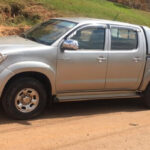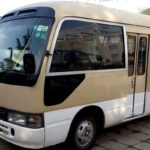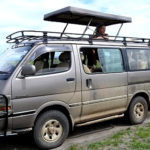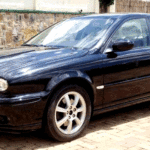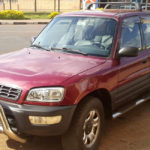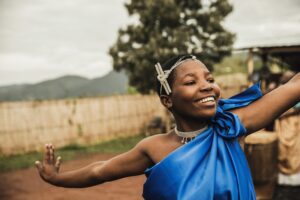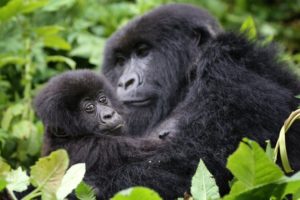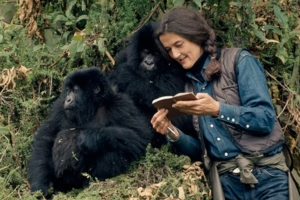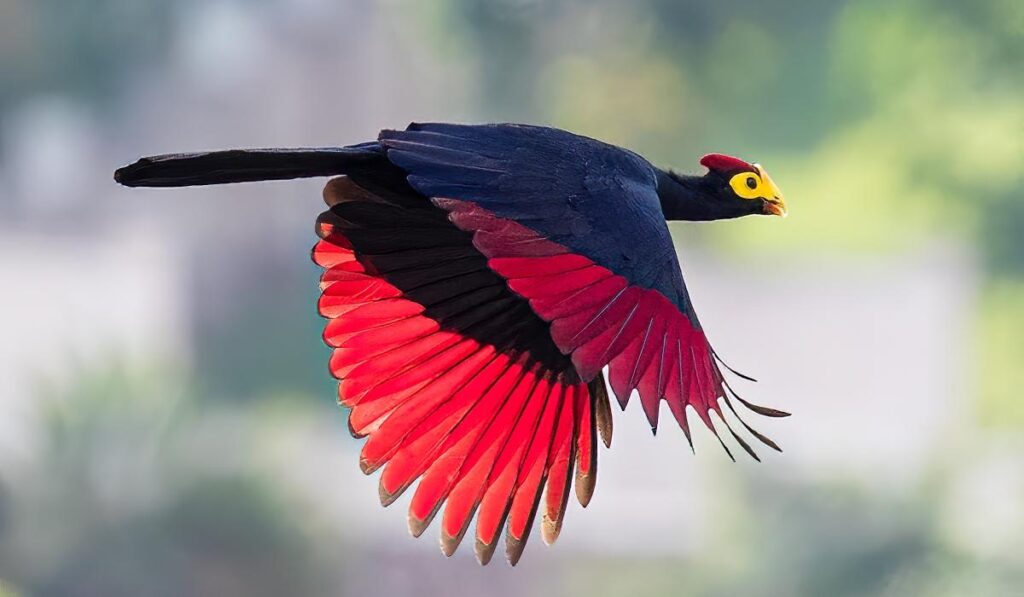
Rwanda may be small in size, but it punches far above its weight as a birding destination. With over 700 recorded bird species crammed into just 26,338 square kilometers, this “Land of a Thousand Hills” offers exceptional avian diversity rivaling much larger African nations. From rare Albertine Rift endemics found nowhere else on Earth to spectacular wetland species and iconic shoebills, Rwanda delivers world-class birding experiences across remarkably varied ecosystems—all accessible within short distances from the capital Kigali.
Why Rwanda Excels for Birding
Rwanda’s extraordinary topographical diversity creates multiple distinct habitats within compact areas. Ancient montane rainforests, afro-alpine zones on volcanic peaks, savanna grasslands, extensive wetlands, and freshwater lakes each harbor unique bird communities. This ecological variety, combined with well-protected national parks and excellent infrastructure, makes Rwanda ideal for birders seeking maximum species diversity with minimal travel time.
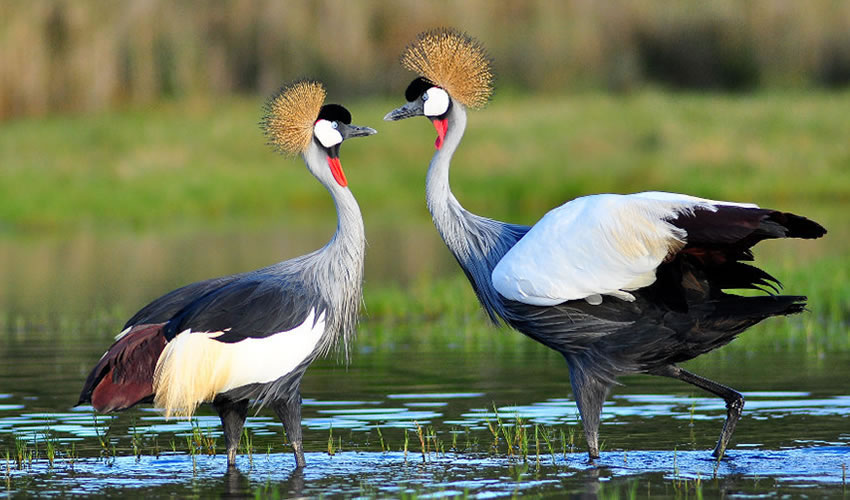
The country’s premier attraction for serious birders is its concentration of Albertine Rift endemics—birds found only in the mountains surrounding the Western Rift Valley. Rwanda hosts 29 of these rare species, several considered globally threatened, making the country essential for twitchers pursuing these specialized targets.
Top Birding Destinations
Nyungwe Forest National Park stands as Rwanda’s birding crown jewel, hosting over 310 species including 27 Albertine Rift endemics. Target species include Rwenzori turaco, Grauer’s swamp warbler, red-collared mountain babbler, Rockefeller’s sunbird, and the stunning Shelley’s crimsonwing. The park’s canopy walkway provides unique opportunities to observe forest canopy species at eye level, while numerous trails traverse different elevations and habitats. Serious birders should dedicate at least three days to Nyungwe for comprehensive coverage.
Akagera National Park delivers completely different birding focused on savanna and wetland species. Over 500 species have been recorded, including the rare and prehistoric-looking shoebill stork lurking in northern papyrus swamps—one of Africa’s most sought-after bird sightings. Other highlights include African fish eagles, Abyssinian ground hornbills, papyrus gonoleks, countless herons and egrets, carmine bee-eaters, and during the wet season, numerous Palearctic migrants escaping European winters.
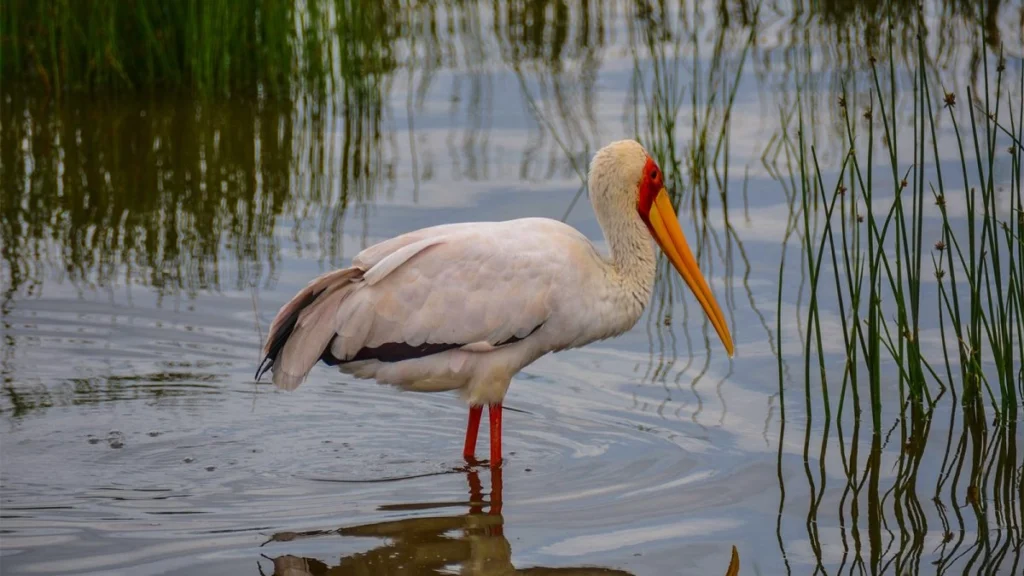
Volcanoes National Park, while famous for gorillas, offers excellent high-altitude birding with Albertine Rift endemics like Rwenzori batis, dusky crimsonwing, handsome francolin, and Archer’s ground robin. The bamboo zones host scarce species including the threatened Grauer’s rush warbler.
Rugezi Marsh in northern Rwanda provides exceptional wetland birding with papyrus endemics, including the near-threatened papyrus yellow warbler and white-winged warbler, plus numerous rails, herons, and waders.
Endemic and Specialty Species
Rwanda’s Albertine Rift endemics represent the ultimate prizes for visiting birders. These range-restricted species evolved in isolation within the Rift Valley’s mountains, making them globally significant. Nyungwe Forest offers the best opportunities, though Volcanoes National Park and smaller forest fragments also harbor endemic populations.
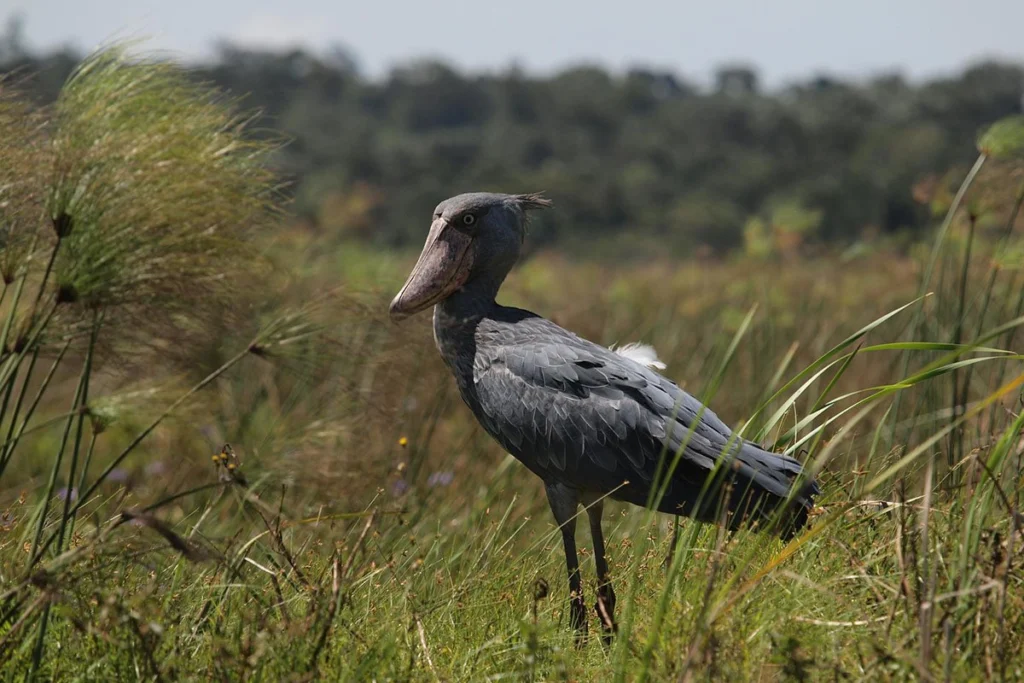
The shoebill stork in Akagera ranks among Africa’s most iconic birds. Standing over a meter tall with an enormous prehistoric bill, shoebills are notoriously difficult to find elsewhere, making Akagera’s reliable sightings particularly valuable. Patient observers on boat safaris or guided walks through northern papyrus swamps stand excellent chances of encountering these magnificent birds.
Best Birding Seasons
The wet seasons from March to May and October to November bring Palearctic migrants, increased breeding activity, and lush conditions, though trails can be muddy and weather unpredictable. The dry seasons from June to September and December to February offer easier access, clearer weather, and concentrated waterbirds around permanent water sources. Serious birders targeting maximum species lists should visit during transition periods when both resident and migratory species are present.
Birding Logistics and Tips
Hiring specialized birding guides dramatically improves success rates. These experts know precise locations for target species, recognize calls instantly, and employ techniques to attract shy forest birds. Most lodges and tour operators can arrange experienced birding guides, though booking specialist birding companies ensures the highest expertise levels.
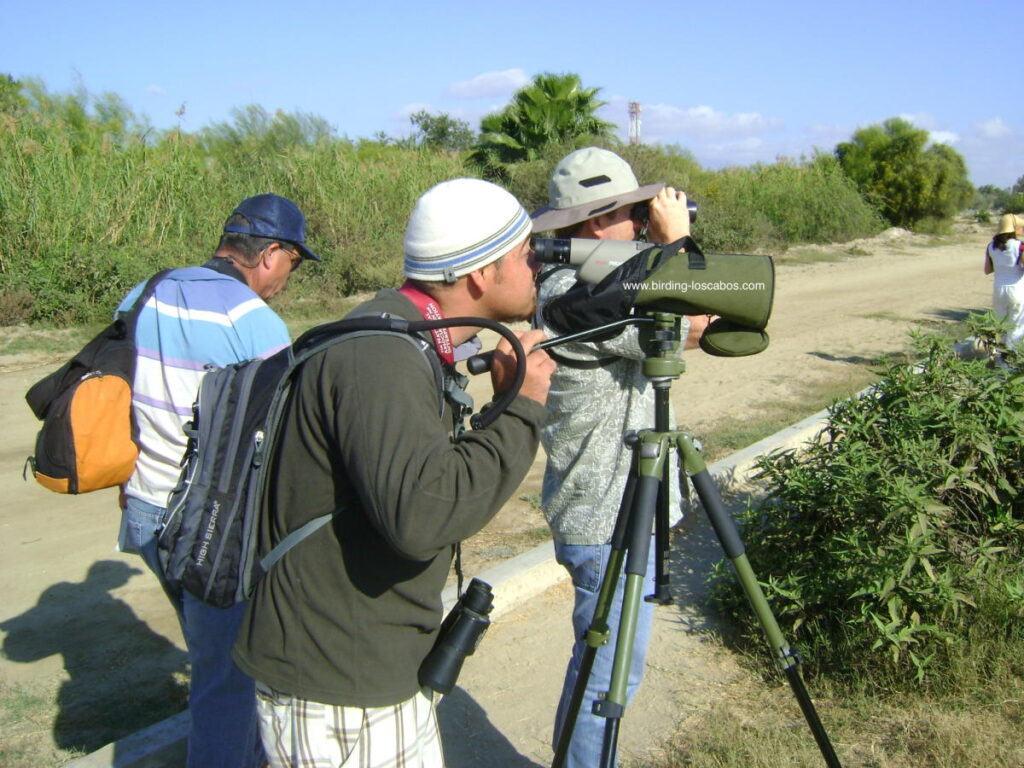
Essential equipment includes quality binoculars (8×42 or 10×42 recommended), field guides specific to East Africa or Rwanda, weatherproof notebooks for species lists, and cameras with long telephoto lenses for photography. Nyungwe’s dense vegetation and low light challenge photographers, so high ISO capabilities help capture forest species.
A Birder’s Dream Destination
Rwanda’s combination of accessibility, safety, habitat diversity, and endemic species makes it an essential destination for serious birders and casual enthusiasts alike. Whether you’re chasing Albertine endemics, seeking your first shoebill, or simply enjoying colorful turacos and sunbirds, Rwanda’s compact size and remarkable avian wealth deliver world-class birding experiences that leave every birder’s life list significantly longer and thoroughly satisfied.
Planning a birding safari in Rwanda and require a suitbale 4×4 car and birding guide for the trip- we at Rwanda Car Rental Services will be more than happy to offer you our services. Simply contact us now by sending an email to [email protected] or call us now on +256-700135510 to speak with the reservations team.
